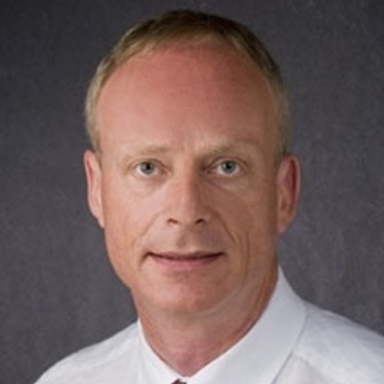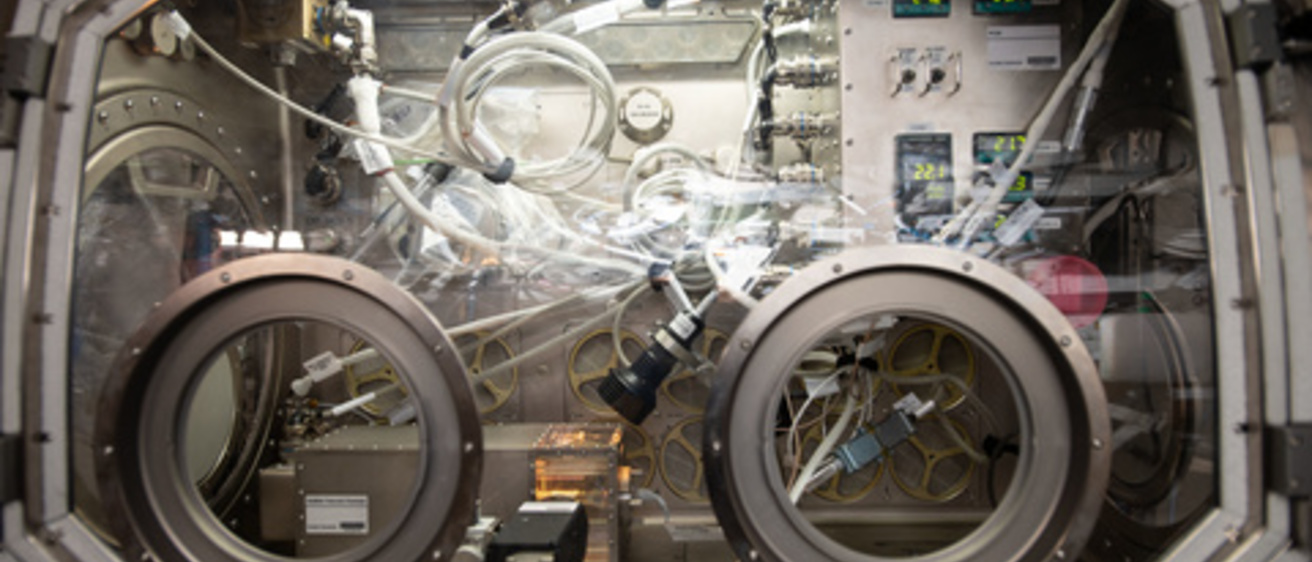
Not all metals are created the same.
The size and shape of the small grains that comprise all metals have a direct effect on the properties and performance of metal parts. The grain structure forms when the molten metal is poured into a mold and solidifies. A research team, led by Christoph Beckermann, University of Iowa Foundation Distinguished Professor in the Department of Mechanical Engineering and an Iowa Technology Institute faculty affiliate, will compare metal samples that have been solidified in the microgravity environment of the International Space Station against similar samples formed on Earth.
“We are hopeful that our work can lead to the development of improved computer simulation models of the grain structure development during solidification of metal alloys,” said Beckermann. “The data and models developed in this study can facilitate the production of improved metal parts with highly controlled grain structures.”
The team is particularly interested in disruptions in the grain structure caused by crystal growth in the interior of the melt. These blockages cause a columnar-to-equiaxed transition (CET) in the grain structure of the solidified metal. The goal of the project is to improve the understanding of the CET during solidification of metal alloys. At this point, it is unclear whether the fragmentations in the grain structure which occur in the gravitational field of Earth will also take place in the absence of gravity.
“Microgravity prevents movement of the melt and unattached solids during solidification of metal alloy samples,” said Beckermann. “Information gained from this investigation can help improve computer simulation models and benefit the production of metal parts ranging from steel ingots to aluminum engine blocks and nickel-based superalloy turbine blades, further demonstrating the commercial value of research in microgravity.”
The project, “Effect of Convection on the Columnar-to-Equiaxed Transition in Alloy Solidification (SUBSA-CETSOL)” is led by Beckermann, who is joined by scientists at the Marshall Space Flight Center and researchers at Techshot Inc. The team expects to launch their research on the Cygnus NG-14, Northrop Grumman’s flight to the International Space Station through the Commercial Resupply Services contract with NASA, on September 30, 2020.
For more information on the project, visit the website and read more on the College of Engineering website.
